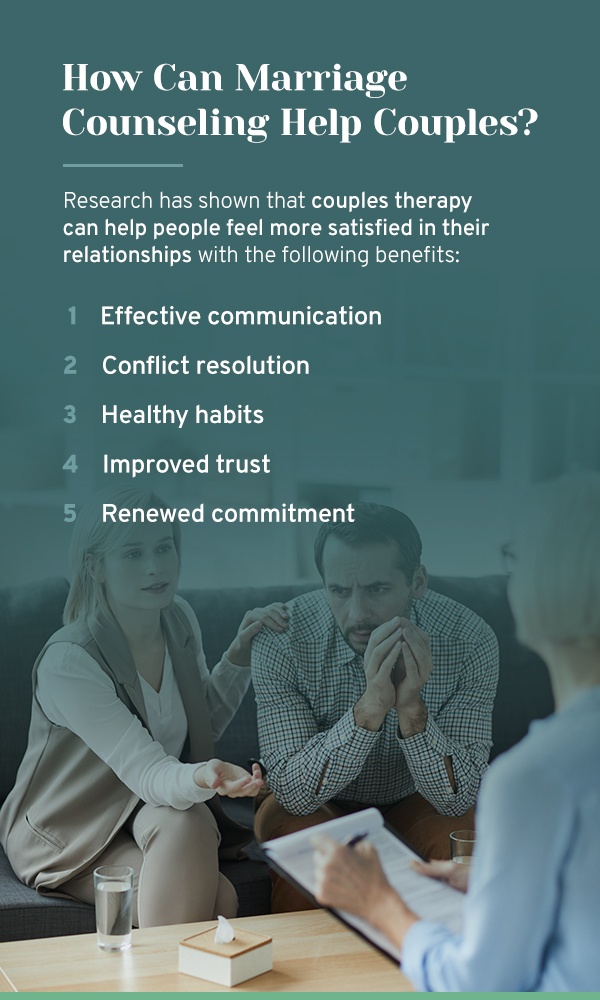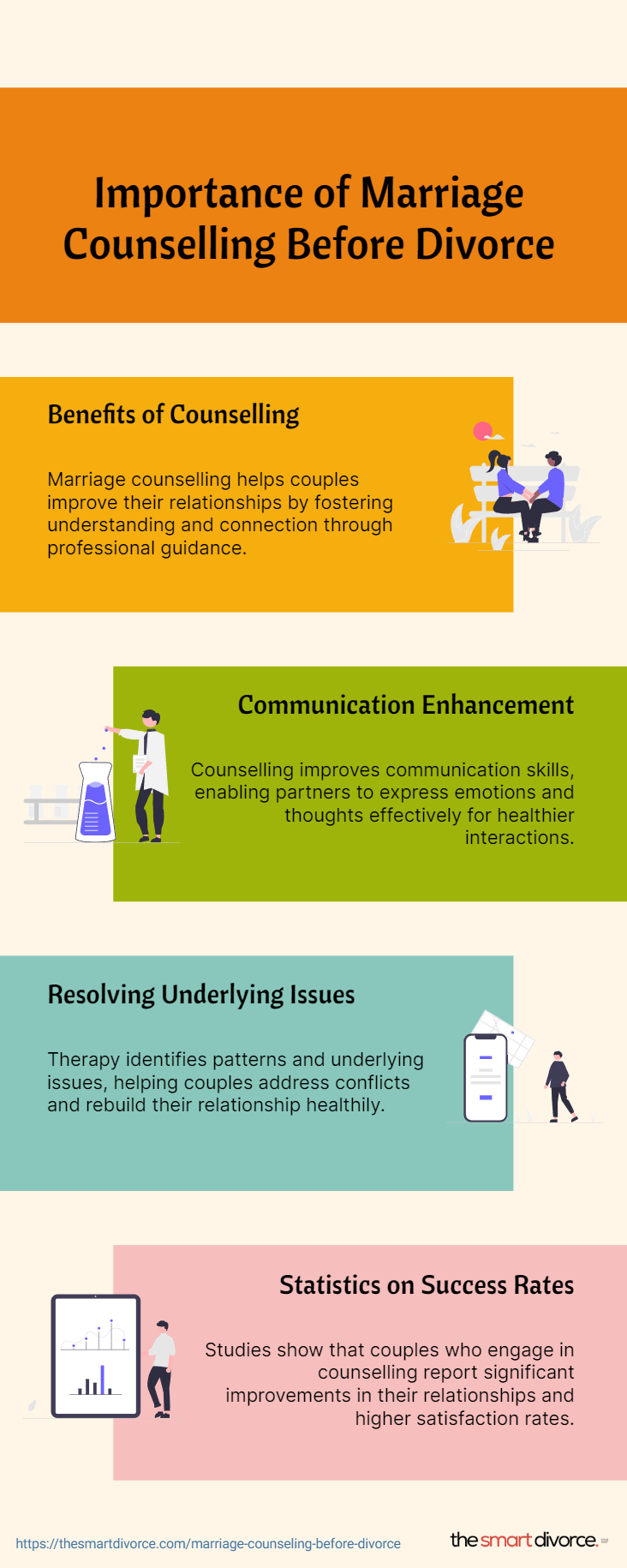Not known Factual Statements About Aim Point Counseling
Table of Contents3 Easy Facts About Aim Point Counseling DescribedGetting My Aim Point Counseling To WorkExcitement About Aim Point CounselingAim Point Counseling Fundamentals ExplainedThe Single Strategy To Use For Aim Point CounselingRumored Buzz on Aim Point Counseling
The longitudinal layout entails a pre-treatment study and two follow-up surveys at 3- and 12-months post-intervention. The research is set in eight Relationships Australia Victoria centres, throughout city, external residential areas, and regional/rural sites. Relationships Australia, a non-government organisation, is the largest company of couple therapy and partnership solutions in Australia.

These high rates of partnership breakdown have been consistently associated with negative health consequences for both adults and children adhering to divorce/separation.
Aim Point Counseling Can Be Fun For Anyone
Longitudinal researches also recommend that kids of divorce have a greater occurrence of mental problems, medicine and alcohol use, and risky sex-related behaviour [7] The effects of separation and separation can be destructive, study suggests that high connection dissonance in intact pairs is likewise most likely to have unfavorable outcomes.
Variables that affect the results of these services require extensive examination. Research study to day has identified both couple and specific factors that might add to connection dissonance. These include relationship fulfillment and commitment at the pair degree, and anxiety at the specific level. Robust study to evaluate relationship-enhancing interventions in the community are scarce.
The Definitive Guide to Aim Point Counseling
While the majority of research studies show improvements in partnership fulfillment following pair counselling, they are restricted by the examples and steps used, mainly temporary follow-up time frames, and analyses that do not account for the dyadic nature of couple data., is another commonly investigated relationship result.
To summarise, study suggests that couple-specific variables along with individual elements may predict the outcomes of pair coaching and partnership solutions. The causal direction of these relationships, however, is much less clear. These monitorings are necessary, considering that, to validate and direct the application of relationship solutions such as pair therapy, empirical evidence needs to check out both the outcomes of relationship services and the aspects that anticipate successful treatment.
, at the very least in some European nations.

We currently recognize little regarding the profiles of pairs who choose relationship education and learning compared to those who seek partnership counselling, or the results of these programs. Nonetheless, anecdotal evidence suggests that there might be substantial distress among at the very least some couples looking for relationship education. Partnership education and learning programs vary from couple counselling as they are typically extremely structured, carried out in teams, and concentrate on a mixture of four components; awareness, comments, cognitive adjustment, and abilities training [45]
More About Aim Point Counseling
Feedback entails individuals completing questionnaires concerning their connection (e.g. measures of social troubles), and getting details on what their ratings suggest. Cognitive-behavioural strategies promote transforming cognitions to assist in positive relationships. These might include promoting reasonable attributions/expectations around negative companion behavior [46] In skills training, couples participate in lectures or discussions on connection skills, and practise these during facilitator-led activities [ 45]
These meta-analyses highlight constraints in the existing literary works on relationship education. This sample profile might not stand for customers who typically present for relationship education.
Aim Point Counseling - Truths

Extremely little research has analyzed the comparative advantages of pair counselling and partnership education and learning programs. As clients are most likely to self-select into these service types, it is unclear whether particular relationship distress accounts present per solution type, or without a doubt whether there is a communication in between providing profile, service kind and outcome.
Hence, we have actually consisted of a 12-month follow-up to evaluate longer-term patterns and impacts.
For that reason, we propose to use multi-level statistical modelling treatments that control for the inter-dependence of couple data to analyze any kind of therapy impacts. The details objectives of the ECC research are to: 1. Map profiles of customers seeking neighborhood agency-based couple therapy vs. relationship improvement programs in terms of socio-demographic and relationship indicators (such as relationship satisfaction, partnership dedication, social issues, and reasons for participating in), useful source along with health and wellness (such as anxiety, basic health and wellbeing) and wellness service use (eg.
2. Establish whether couple coaching and relationship education and learning services enhance 3- and twelve-month end results for relationship fulfillment, dedication, and depression, utilizing analytical evaluations ideal to couple data. 3. Identify the family member payments of customer variables (specific and couple) and therapy/education elements to end results at 3- and 12-months, and to sustainability of results with time.
9 Easy Facts About Aim Point Counseling Shown
Multi-level modelling to establish pre-post distinctions, managing for dyadic (couple) degree. To contribute to the literary works assessing the performance of community-based couple counselling. The outcomes will certainly help clinical decision-making in community-based partnership service setups, and professional training. 3. To figure out the relative payments of client/couple and therapy factors to end results at 3- and 12-months, and to sustainability of results in time.
Comments on “The 8-Minute Rule for Aim Point Counseling”